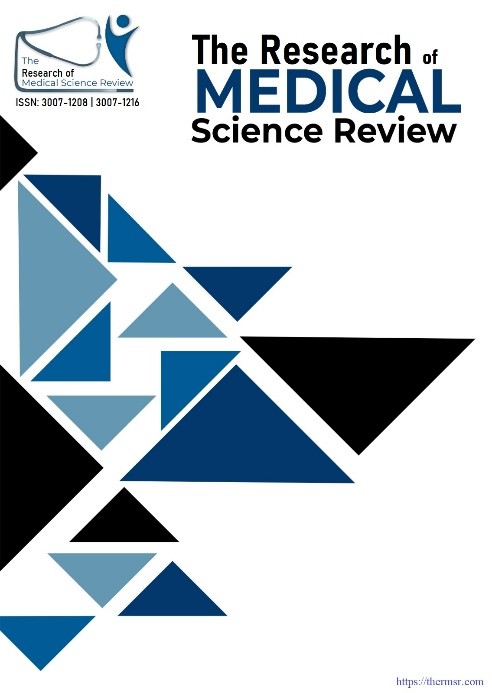MICROSCOPIC IDENTIFICATION OF CRYPTOSPORIDIUM INFECTION IN CATTLE ALONG WITH ASSOCIATED RISK FACTORS IN DISTRICT SWABI KHYBER PAKHTUNKHWA
Main Article Content
Abstract
Background: Cryptosporidium is a protozoan parasite responsible for zoonotic diarrheal disease in both animals and humans. It poses a significant public health threat, especially in developing regions. This study aimed to assess the prevalence of Cryptosporidium infection in cattle across District Swabi, Pakistan, and identify associated risk factors. Methods: A total of 400 fecal samples were collected from cattle across four tehsils (Swabi, Topi, Razzar, and Lahor) in District Swabi. Fecal samples were analyzed using a modified flotation technique and acid-fast Ziehl-Neelsen staining for Cryptosporidium oocysts. Data on breed, age, health status, and management practices (grazing vs. stall feeding, hygienic status) were also recorded. Results: The overall prevalence of Cryptosporidium in cattle was 76.0%. Lahor tehsil exhibited the highest prevalence at 88.0%, while Swabi had the lowest at 63.0%. The highest infection rate was observed in Achai cross breed (74.67%). Younger cattle (2-4 years) showed a higher infection rate (78.0%) compared to older cattle (4-6 years: 67.0%, 6-8 years: 71.0%). Grazing cattle (71.0%) had a significantly higher prevalence compared to stall-fed cattle (53.0%). Poor hygienic status and female sex were also associated with increased infection rates. Conclusions: Cryptosporidium infection is widespread in cattle in District Swabi, with significant variations in prevalence based on geographic location, breed, age, and management practices. The findings highlight the importance of improving livestock management, hygiene, and grazing practices to control the spread of Cryptosporidium. Further research is needed to assess the potential zoonotic risks and evaluate control strategies in cattle farming.
Downloads
Article Details
Section

This work is licensed under a Creative Commons Attribution-NonCommercial-NoDerivatives 4.0 International License.
